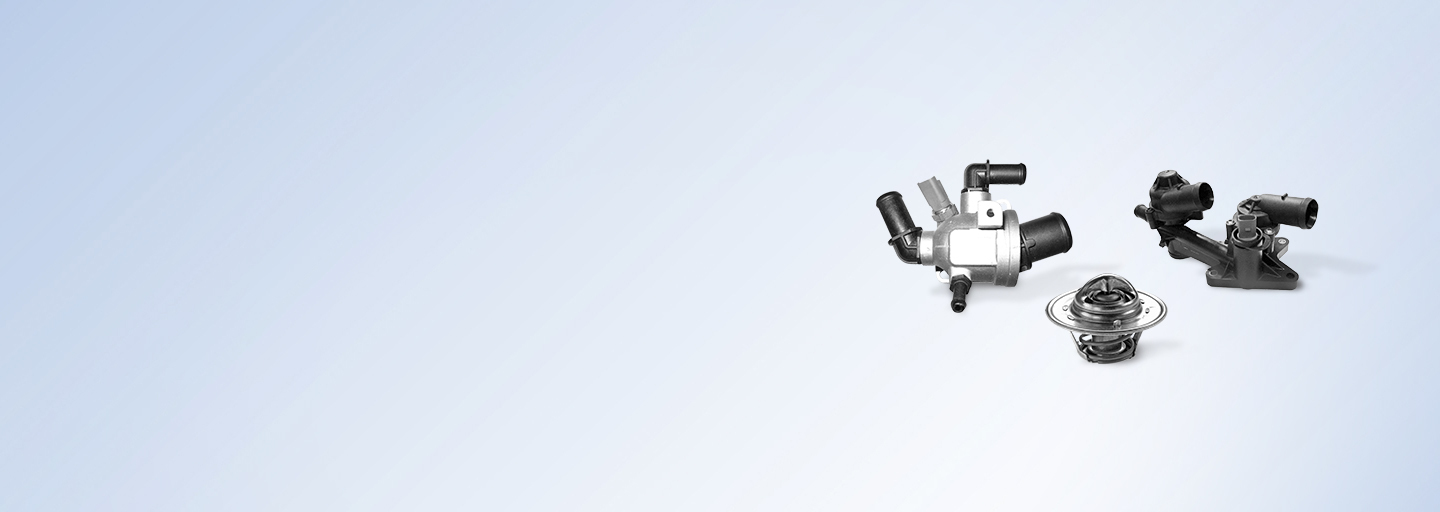The thermostat controls the engine’s temperature by adjusting the coolant flow to the radiator. It keeps the engine’s temperature within normal operational values, regardless of the outside temperature.
-
Country / Region
-
Albania
-
Armenia
-
Austria
-
Azerbaijan
-
Belarus
-
Belgium
-
Bosnia Herzegovina
-
Bulgaria
-
Croatia
-
Cyprus
-
Czech Republic
-
Denmark
-
Estonia
-
Europe
-
Finland
-
France
-
Georgia
-
Germany
-
Greece
-
Hungary
-
Iceland
-
Ireland
-
Israel
-
Italy
-
Kazakhstan
-
Kosovo
-
Kyrgyzstan
-
Latvia
-
Lithuania
-
Luxembourg
-
Macedonia
-
Malta
-
Moldova
-
Montenegro
-
Netherlands
-
Norway
-
Poland
-
Portugal
-
Romania
-
Russia
-
Serbia
-
Slovakia
-
Slovenia
-
Spain
-
Sweden
-
Switzerland
-
Tajikistan
-
Turkey
-
Turkmenistan
-
Ukraine
-
United Kingdom
-
Uzbekistan
Thermostats
Thermostats have a key function in keeping the correct temperature in the engine
Thermostats
How Thermostats work
Features and benefits
-
Demand-oriented temperature regulation
-
Reduction of fuel consumption
-
Control of the coolant flow and the thermodynamic conditions
-
Prevents the engine from overheating
-
Reduction of polluting emissions
Characteristics
Designed to maintain optimum engine temperature as constant as possible, in order to operate efficiently while minimizing wear and emissions, DENSO thermostats deliver high quality cooling performance.
Easy to install
DENSO thermostats are built specifically, for the majority of car models, to ensure they can be installed quickly and easily.
Types and characteristics
To get the best performance from the engine cooling system, the right thermostat needs to be installed. Providing maximum car parc coverage, DENSO offers several different types within its aftermarket range.
Thermostats types
Conventional Thermostats
With/without by-pass
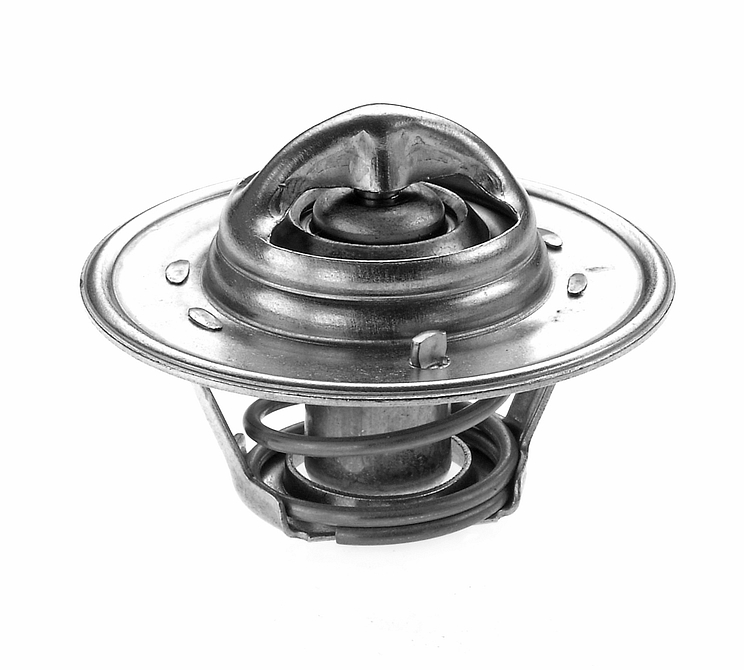
Insert Thermostats
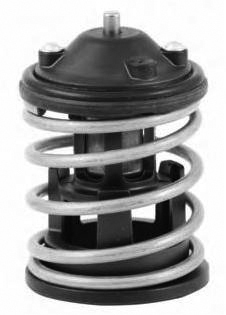
The insert is a conventional thermostat without a flange, where the housing supports the pin
Housing Thermostats
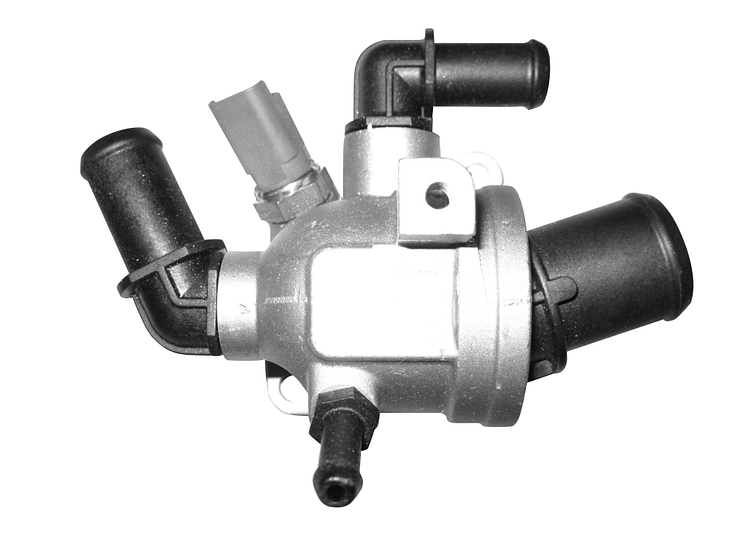
Housing thermostats are an integrated part that combines the thermostat and the housing.
MAP Controlled Thermostats
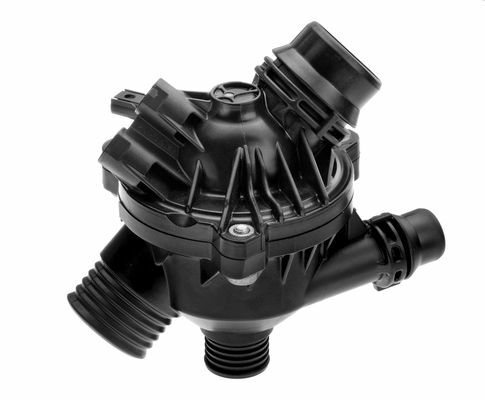
The wax expansion of the map-controlled thermostat can be triggered by an electrically controlled, integrated heating element that can be activated on demand.
Characteristics
Designed to maintain optimum engine temperature as constant as possible, in order to operate efficiently while minimizing wear and emissions, DENSO thermostats deliver high quality cooling performance.
Catalogues and marketing materials
To find out more about Thermostats browse the Downloads Area section. Click here.





















































